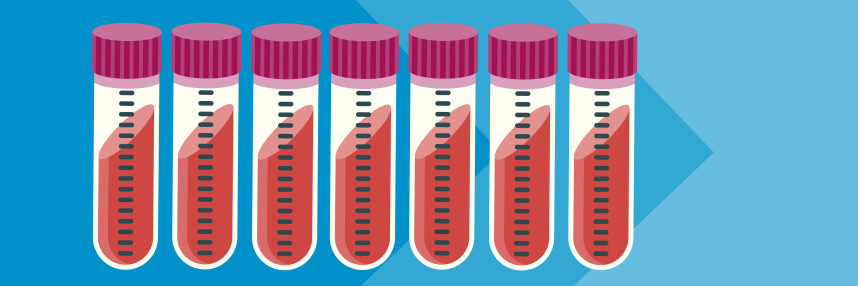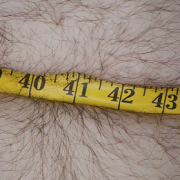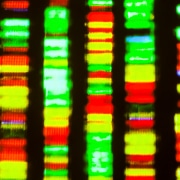Cell-free DNA – prenatal testing and beyond
Testing for cell-free DNA is growing beyond its current use in prenatal testing, but how else is it used in practice today?
The applications for using cell-free DNA (cfDNA) are expanding, beyond non-invasive prenatal testing (NIPT) for trisomies and liquid biopsy tests for cancer. Here we outline some established and newer strategies taking advantage of the wealth of information that a single blood sample can provide.
What is cfDNA?
When the cells in our bodies die, their contents are broken down to be re-used, including their genetic material. Some DNA fragments from these cells end up in the bloodstream. This is called cell-free DNA, because it is no longer held within a cell.
As tests using cfDNA require a blood sample to be taken rather than a biopsy, testing in this way is less invasive for patients and can therefore be used for widespread screening.
NIPT
A well-known use for cfDNA is non-invasive prenatal testing (NIPT) for aneuploidy. This works because the mother’s blood interfaces with the placenta and picks up that cfDNA. Placental DNA in the majority of cases is the same as fetal DNA, so is representative of the fetal genome. This DNA can be used to assess the ratios of genetic material from different chromosomes, which can indicate where an extra chromosome is present, such as in Down, Edwards and Patau syndromes, where a person has an additional copy of chromosomes 21, 18 and 13 respectively. If a trisomy is detected, an invasive test such as amniocentesis should then be used to provide a definitive diagnosis.
The same cfDNA can also be used to detect the presence, in the fetus, of variants in genes that cause specific monogenic disorders. This type of test, known as non-invasive prenatal diagnosis (NIPD), is usually only used where there is a known variant identified in a family with a history of the condition.
Methylation and epigenomics
As well as using cfDNA to look at the genome itself, the methylation patterns that affect gene expression are retained on fragments of cfDNA, and can also provide useful information.
The Galleri cancer test, which is currently being evaluated within the NHS, analyses the areas of methylation to look for patterns of gene activation or suppression that are characteristic of different types of cancer.
Another use of this approach may be detecting pre-eclampsia in pregnancy before symptoms begin. Pre-eclampsia is strongly linked to lack of blood flow, and thus low oxygen levels in the placenta. By looking for methylation patterns associated with low oxygen in cfDNA originating in placental cells, pregnancies that are likely to develop pre-eclampsia can be more accurately predicted.
If clinical trials validate this approach, it could be combined with NIPT for aneuploidy in a single test at around 12 weeks. Women at higher risk of pre-eclampsia can then be treated with aspirin, which can reduce the risk of developing severe pre-eclampsia later in the pregnancy. More information about methylation and epigenetics can be found in our Bitesize genomics resource.









